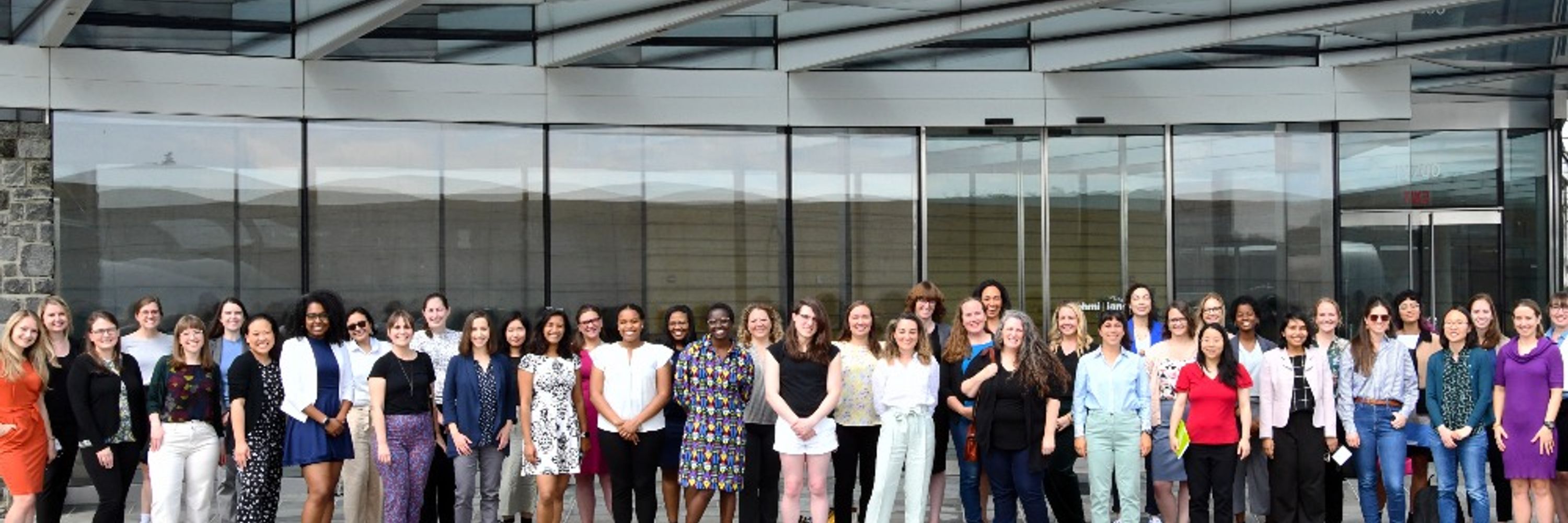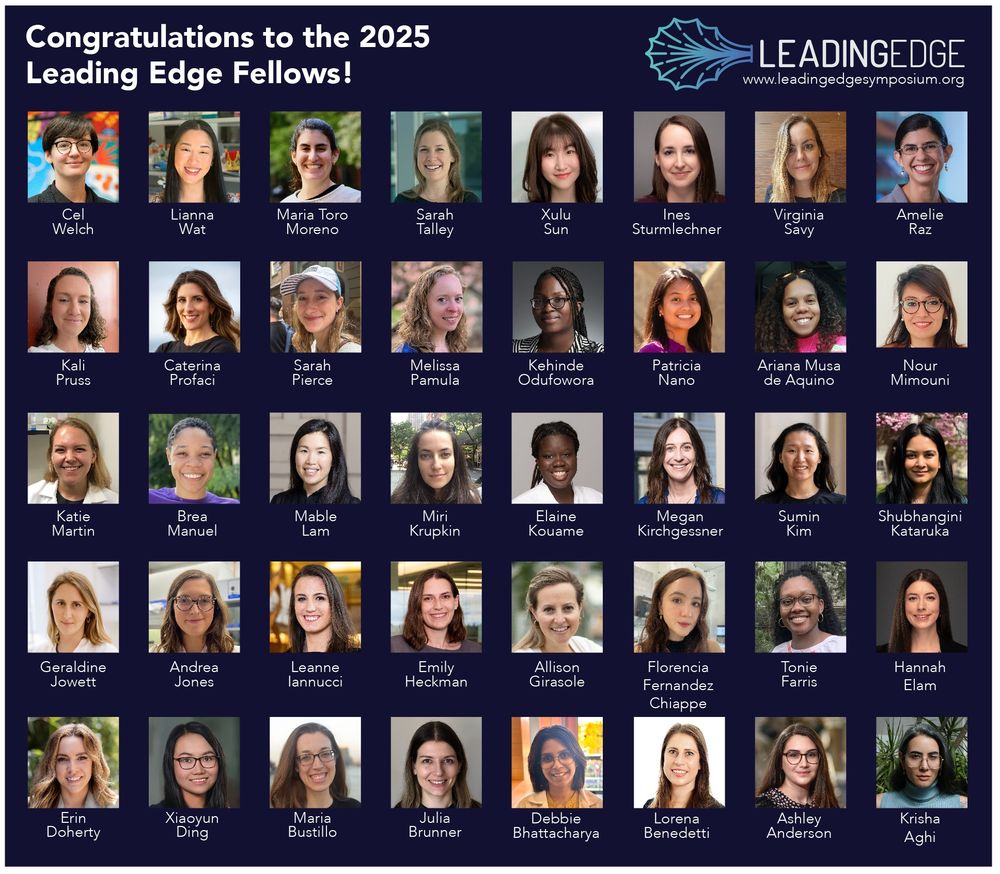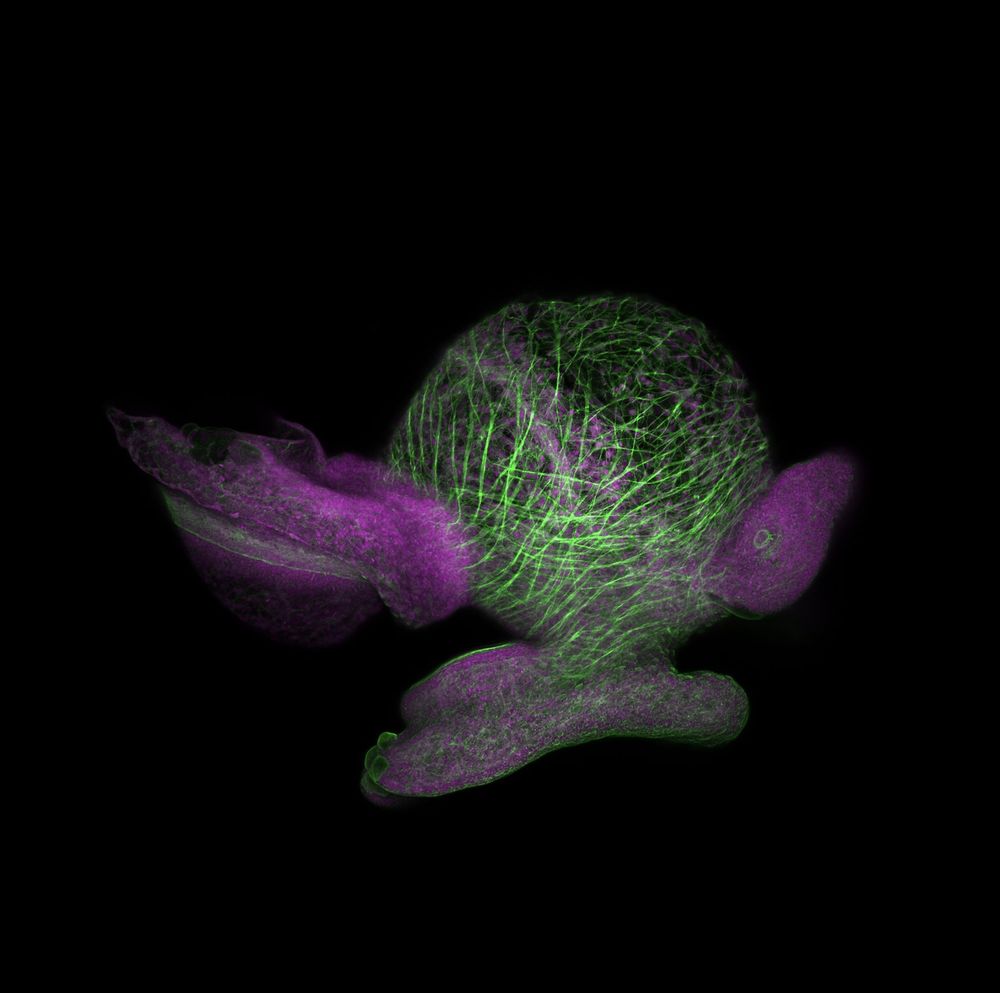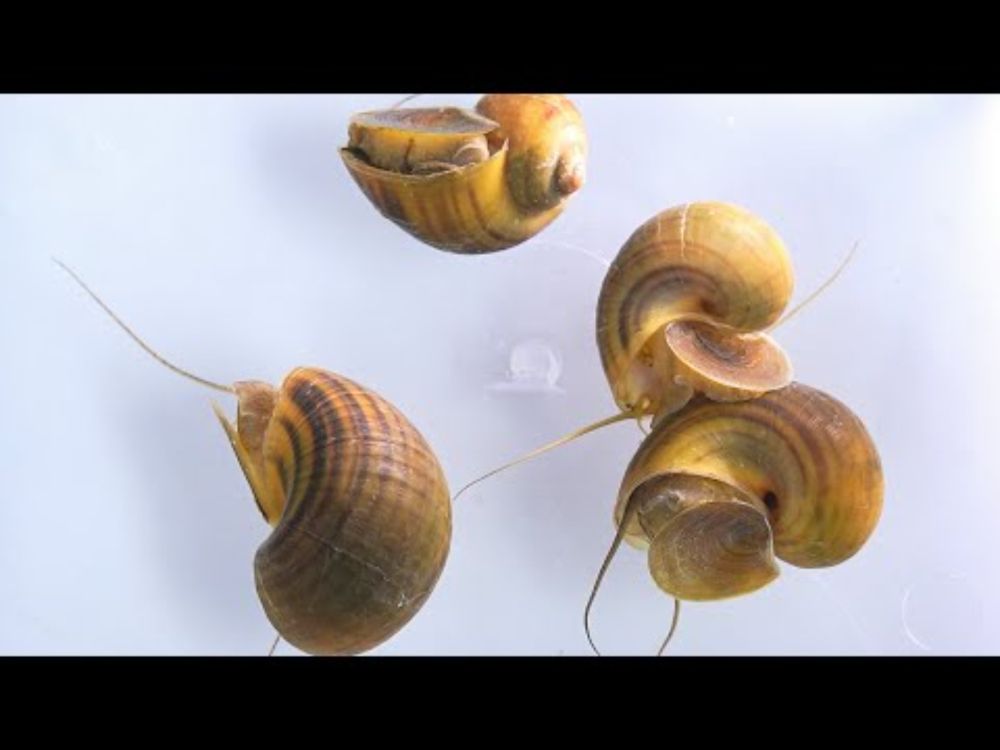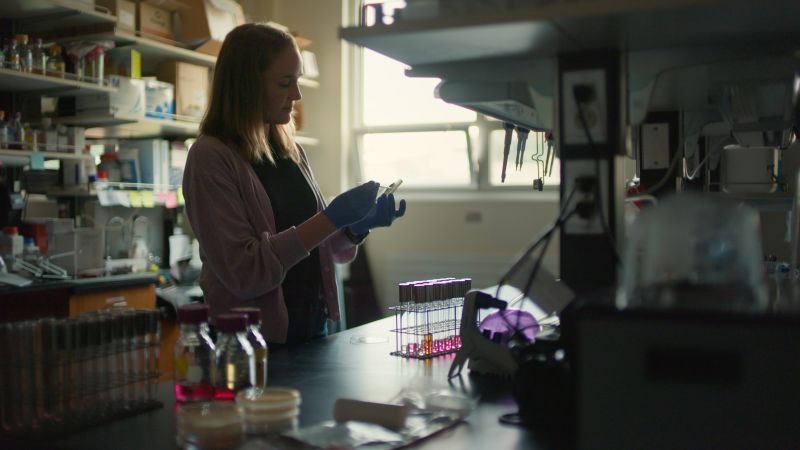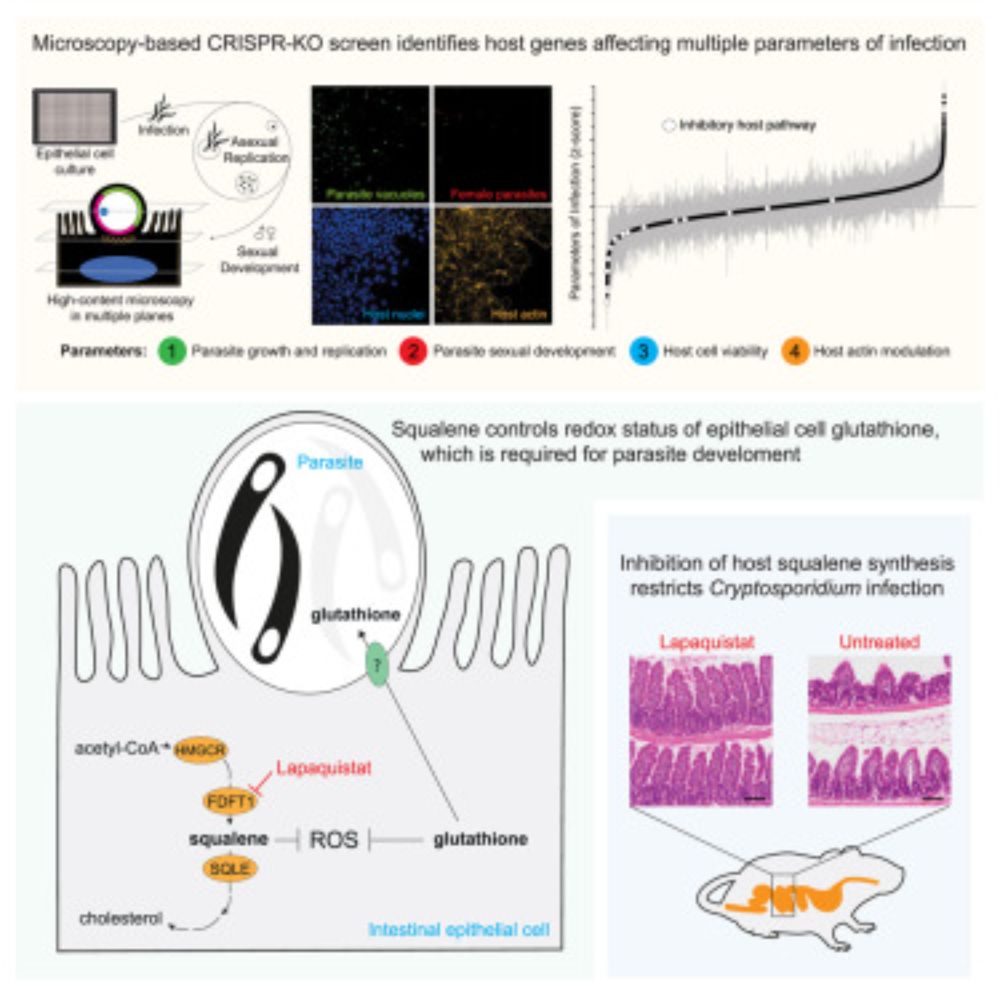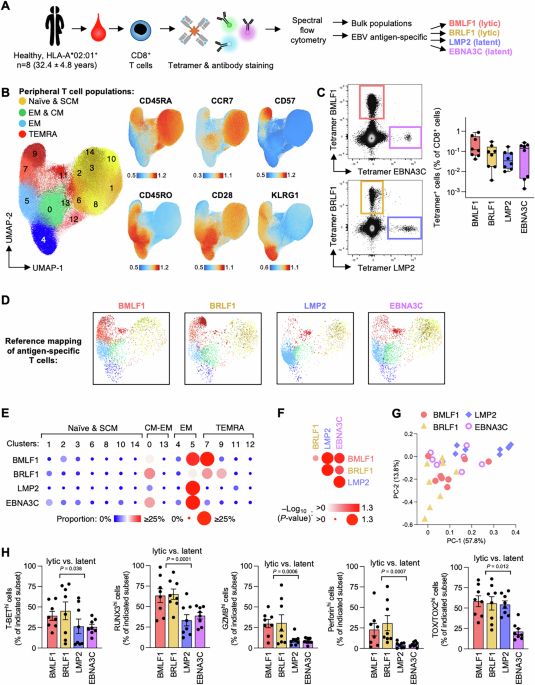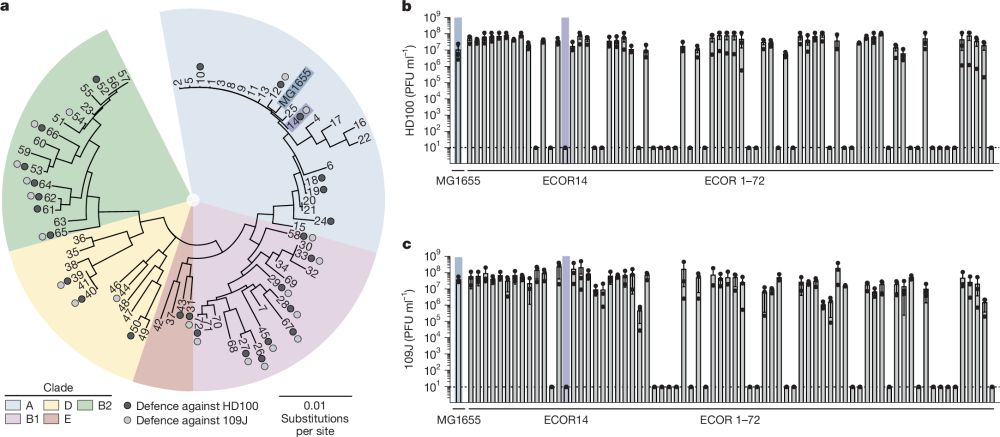Leading Edge Fellows Program
@leadingedgeprogram.bsky.social
790 followers
160 following
9 posts
Leading Edge is an initiative to improve the gender diversity of life sciences faculty
http://leadingedgesymposium.org/
Posts
Media
Videos
Starter Packs
Pinned
Reposted by Leading Edge Fellows Program
Reposted by Leading Edge Fellows Program
Reposted by Leading Edge Fellows Program
Reposted by Leading Edge Fellows Program
Reposted by Leading Edge Fellows Program
Reposted by Leading Edge Fellows Program
Reposted by Leading Edge Fellows Program
Reposted by Leading Edge Fellows Program
Reposted by Leading Edge Fellows Program
Reposted by Leading Edge Fellows Program
Reposted by Leading Edge Fellows Program
Reposted by Leading Edge Fellows Program
Erin Doherty
@erinedoherty.bsky.social
· Aug 22

Divergent viral phosphodiesterases for immune signaling evasion
Cyclic dinucleotides (CDNs) and other short oligonucleotides play fundamental roles in immune system activation in organisms ranging from bacteria to humans. In response, viruses use phosphodiesterase...
www.biorxiv.org
Reposted by Leading Edge Fellows Program
Reposted by Leading Edge Fellows Program
Caroline Bartman
@cbartman.bsky.social
· Aug 15
Reposted by Leading Edge Fellows Program
Reposted by Leading Edge Fellows Program
Reposted by Leading Edge Fellows Program
Reposted by Leading Edge Fellows Program
Reposted by Leading Edge Fellows Program
Reposted by Leading Edge Fellows Program
Sweta Agrawal
@hokuba.bsky.social
· Jul 7
Reposted by Leading Edge Fellows Program
Sweta Agrawal
@hokuba.bsky.social
· Jul 7
Reposted by Leading Edge Fellows Program
Reposted by Leading Edge Fellows Program
Dan Feldman
@danfeldman.bsky.social
· Jul 1

Reward history guides focal attention in whisker somatosensory cortex
Nature Communications - Mice flexibly shift attention between specific whiskers on a rapid timescale based on recent stimulus reward history in a detection task. Attention is correlated with a...
rdcu.be
Reposted by Leading Edge Fellows Program
Reposted by Leading Edge Fellows Program
